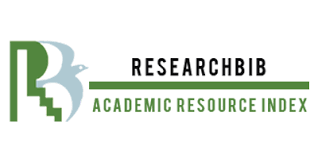ITERACTIVE TECHNIQUES IN TEACHING ENGLISH TO MODERN YOUTH
Keywords:
Teaching approaches, teaching techniques, Total Physical Response, scaffolding, giving feedback.Abstract
English knowledge will help to open many opportunities for them in the future and it will be invaluable in their future careers. However, teaching English to children is not an easy job. But it is also not difficult, if we already know how to do it. Many teaching positions involve teaching children - a unique experience that is both challenging and fun. Compared to adults, children are more energetic, have shorter attention spans, and learn language according to specific stages of development; these present planning challenges for the teacher.
References
Brown H.D. 2007 Principles of Language Learning and Teaching. Longman
Bland, J. (2015b). Oral storytelling in the primary English classroom. In J. Bland (Ed.), Teaching English to Young Learners. Critical Issues in Language Teaching with 3–12 Year Olds. London: Bloomsbury Academic. 3. Emmer, E. T., & Stough, L. M. (2001). Classroom management: A critical part of educational
psychology, with implications for teacher education. Educational Psychologist, 36(2), 103-112. 4. Larsen-Freeman D. 2000 Techniques and Principles in Language Teaching (2ndEdition). Oxford. 5. Harbaugh, A. G., & Cavanagh, R. F. (2012). Associations between the Classroom Learning
Environment and Student Engagement in Learning 2: A Structural Equation Modelling
Approach. Australian Association for Research in Education (NJ1)







